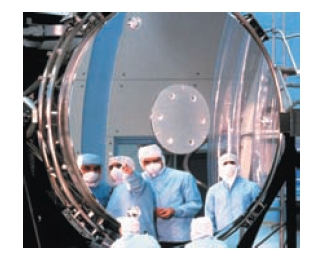

These include (a) computing the first moment of an image, (b) fitting a symmetric Gaussian function, and (c) median centering. Several techniques have been developed in order to recover the center of a stellar image. This mistake is common in newcomers to spectro-astrometry.

The precision with which the star center is determined cannot be confused with the angular resolution of the image.
CHEGG ANGULAR RESOLUTION DETECT EARTH ASTROMETRY FULL
In contrast, in astrometry the full image information is used to recover only a few measurements, the center of the star and possibly its width and intensity. The unknown image can have hundreds of pixels and, therefore, the information to recover is of the order of hundreds of intensity measurements. In a deconvolution, an unknown image is recovered from a bandpass-limited system (via diffraction or atmospheric seeing). There is, therefore, a dramatic contrast between astrome-try and "deconvolution" in terms of final outcomes of the data mining process. In astrometry, the interest is not on this image but only on the spatial center of the image. As we have seen above, an unresolved source produces an image of the telescope PSF. The fact that we know that the source is unresolved is a qualitative difference with respect to effects of diffraction on an unknown object image. It has, therefore, received a great deal of attention. This problem is indeed a classic problem of astronomy, since the first days of positional astronomy to the modern astrometric techniques used by planet hunters.

Astrometry deals with locating the central position of a known unresolved source, primarily a star.


 0 kommentar(er)
0 kommentar(er)
